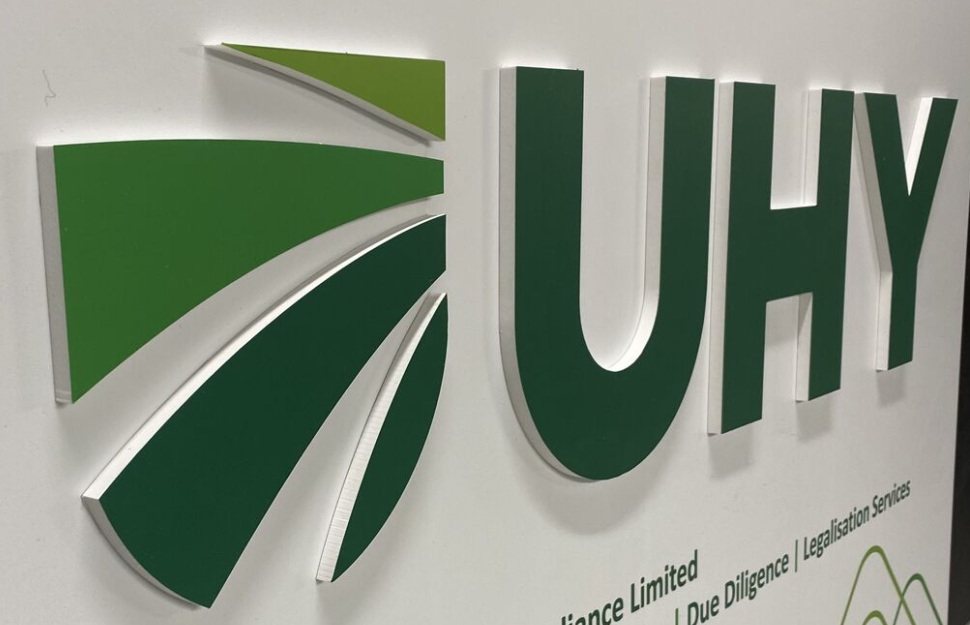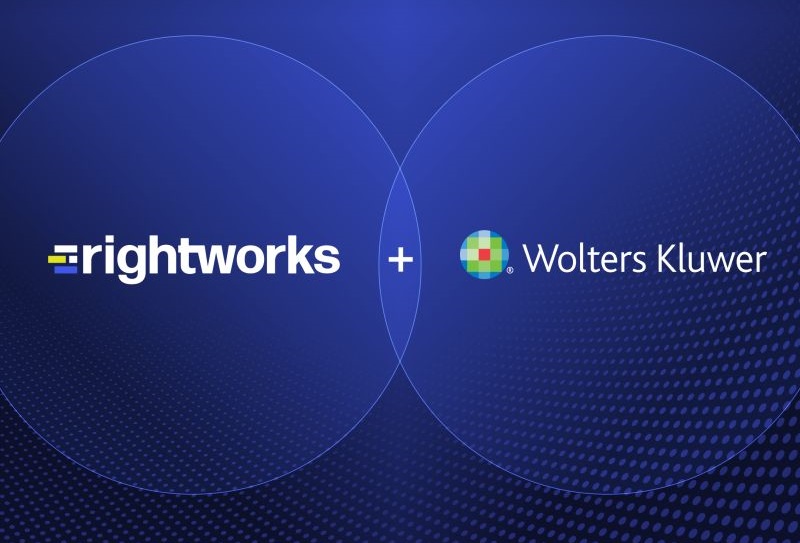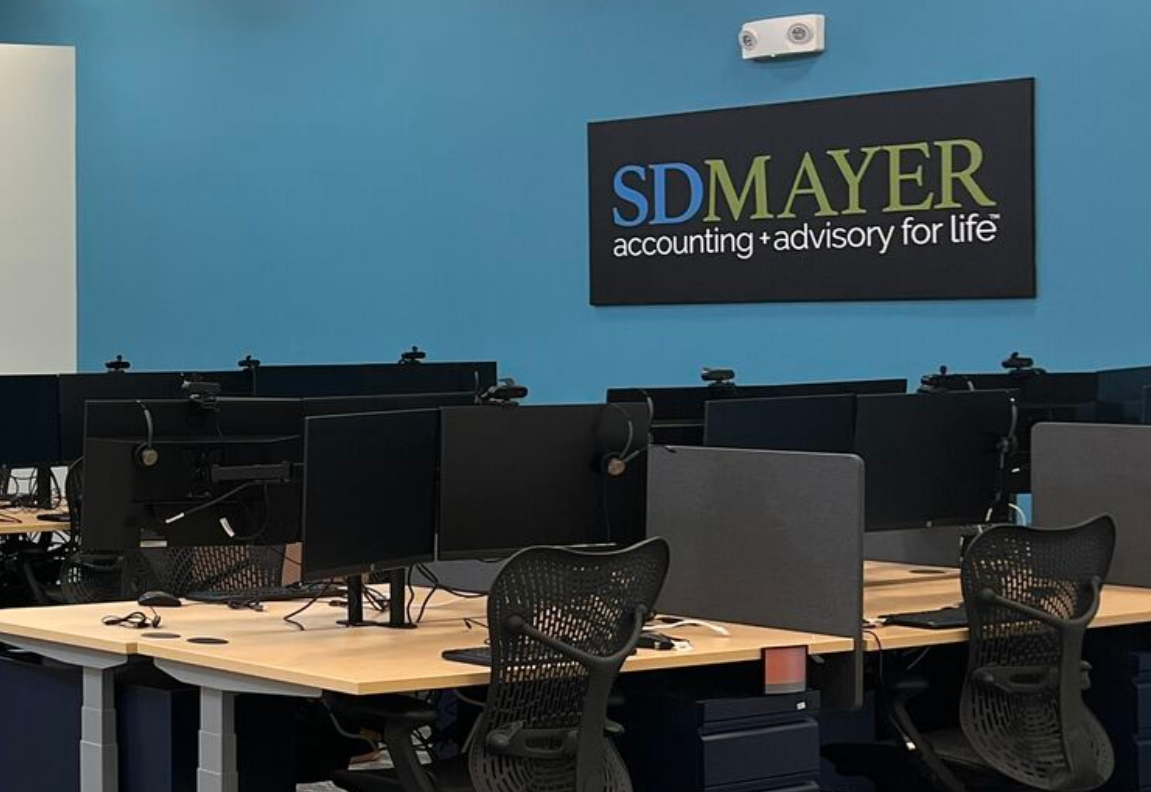From the March 2013 issue.
The cloud continues to be the center of great debate. Supporters focus on the long list of benefits ranging from freeing up internal resources to focus on more strategic initiatives to smoothing the monthly IT budget.
Those opposed to the cloud hang their hat on security concerns and lack of control. The one area I see driving more interest in the cloud is disaster recovery (DR) and business continuation.
We all know DR and business continuity are in our best interest. However, the temptation to put off the investment and preparation until a disaster occurs is just too strong. At that point, it’s too late.
Super Storm Sandy was the most recent example of this and it has awakened a renewed interest in the topic. And with the current chatter about the cloud, many firms are deciding if web-based solutions fit into their business continuation plans.
Our business has been 100% in the cloud for the last 2 years but we started moving our infrastructure out of the office over 5 years ago. What led us down this path? You got it – a storm.
While it was an ice storm and one that wasn’t nearly the scale of Sandy, it did hit Manhattan. This particular Manhattan just happened to be located in Kansas. It shut down the town for days and with Boomer Consulting’s mobile workforce, it shut down our team as well. We decided from that point forward we would not be dependent on a connection to our office to get our work done.
I’ve been telling that story for years and it often gets discounted because A) we aren’t an accounting firm, B) we aren’t as large as many of the firms we consult with and C) we are in Manhattan, KS. Fast forward to 2012 and we have another storm – a much larger storm – named Sandy that takes out Manhattan, NY and more people are open to the story.
Countless lives were impacted by Sandy on both a personal and professional level. For those businesses impacted, the level of devastation was directly correlated with their preparedness for such an event.
Many had comprehensive disaster recovery plans in place and others were still waiting for the wakeup call. Well, it just arrived. What we heard from many of our clients was that those that had adopted a cloud model experienced the least amount of disruption (from a business perspective at least).
A few days after Sandy ravaged much of New York and New Jersey, an email hit my inbox where one of the members of our CIO Advantage program was starting a discussion around an article discussing ownership of data in the cloud. The civilized debate that ensued was interesting to follow with insights on both sides of the argument. The most impactful response came in from Jim Bourke, partner-in-charge of Firm Technology at WithumSmith+Brown PC:
“Just a heads up guys…..Our area was destroyed by the hurricane. 80% of the homes in my town have to be torn down. Many of our offices were severely impacted by the storm. If it were not for the cloud model, we would be piling up substantial losses. As it stands right now, all of my staff have access to all client data and applications from wherever they have power and Internet access. I sent out an email to every CPA in NJ earlier today through the NJSCPA and offered other practitioners to come into our offices and utilize our infrastructure and systems. Many smaller CPA Firms in my county had their offices totally destroyed…I am trying to help those that lost their servers, applications and client data all stored within their buildings…yes they had off site backups but the time it will take to restore, assuming we can, will mount to significant time!
I know there are definitely downside risks but if I had it to do all over, I would do it again the same way.
Just my thoughts as I live through a real life example of how it works and works well!”
As you can imagine, Jim’s email pretty much ended the debate. He sent a pretty powerful statement that while there are certainly risks that need to be considered and managed during the process, in the grand scheme of the things, the benefits far outweigh the risks.
In a follow-up discussion with Jim, he told me that the technology part was a piece of cake. The difficult part was the human component. Just because people had everything they needed to do their work didn’t mean they were able to work. People weren’t able to focus. Their minds were elsewhere – on their home that had been destroyed or their relatives who’d lost everything. This highlights another important piece of the puzzle that is often overlooked in disaster recovery – the people. It’s not all about making sure your offices and technology infrastructure are up and running. Ensuring that your people are accounted for and OK is equally if not more important.
If you don’t have a disaster recovery and business continuation plan in place, don’t wait for the next Sandy to get you moving. If you do, make sure that it has been tested and that you are prepared for the real deal. And, don’t gloss over the human aspect. We sometimes get wrapped up in making sure we can get the infrastructure up and running at the expense of our most important resources – our employees. Finally, I urge you to consider what the cloud model could offer you if your office were taken out – whether it be by a Super Storm in Manhattan, NY or an ice storm in Manhattan, KS.
Thanks for reading CPA Practice Advisor!
Subscribe Already registered? Log In
Need more information? Read the FAQs
Tags: Firm Management, Technology





